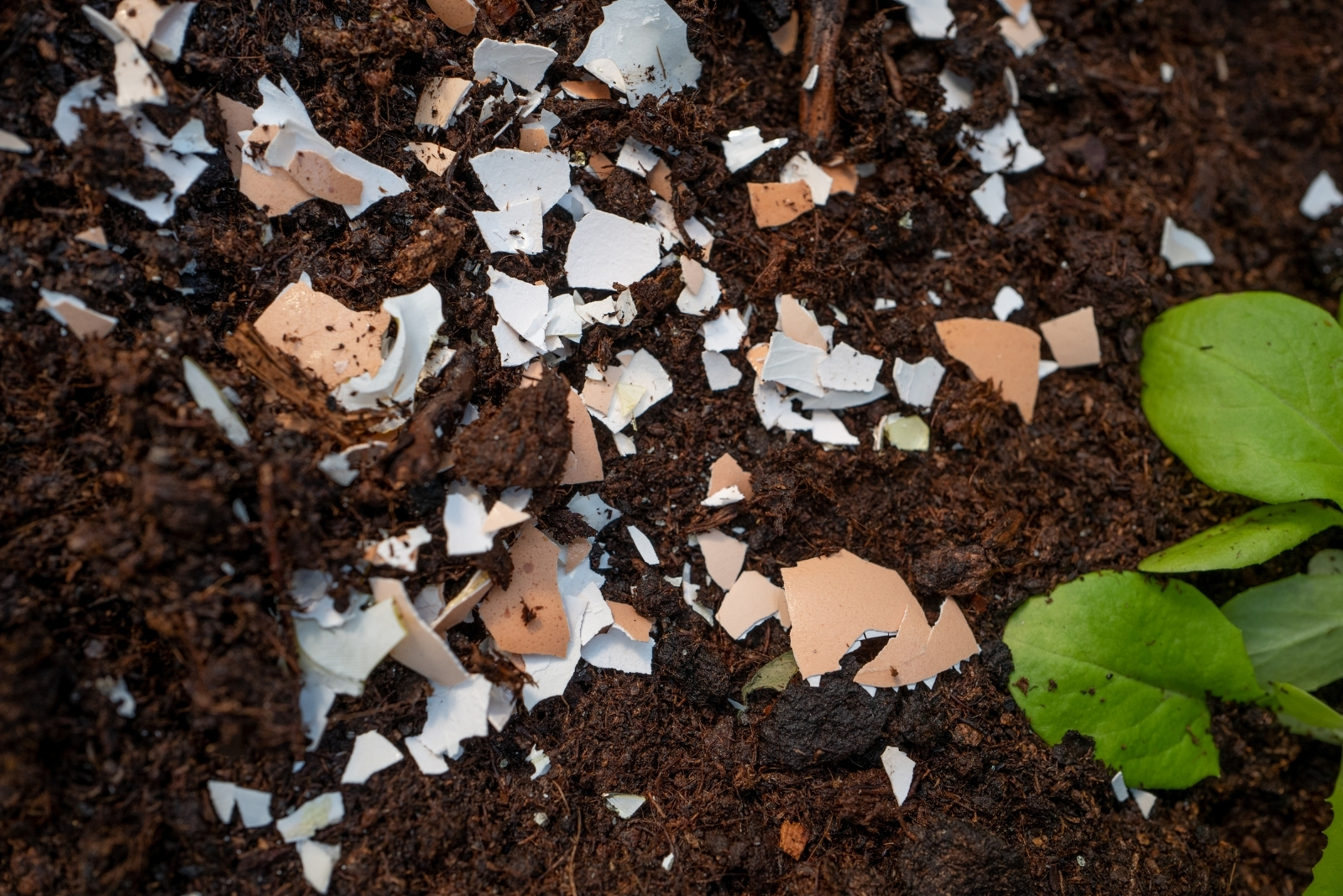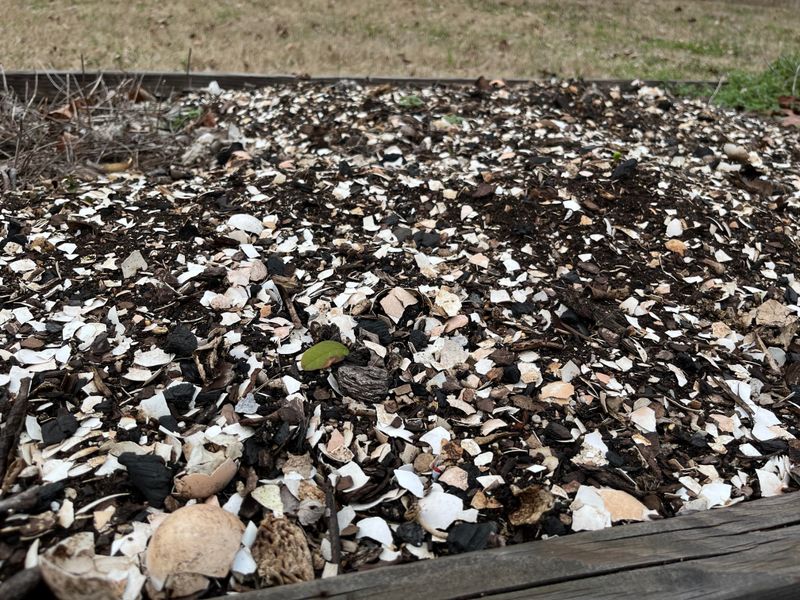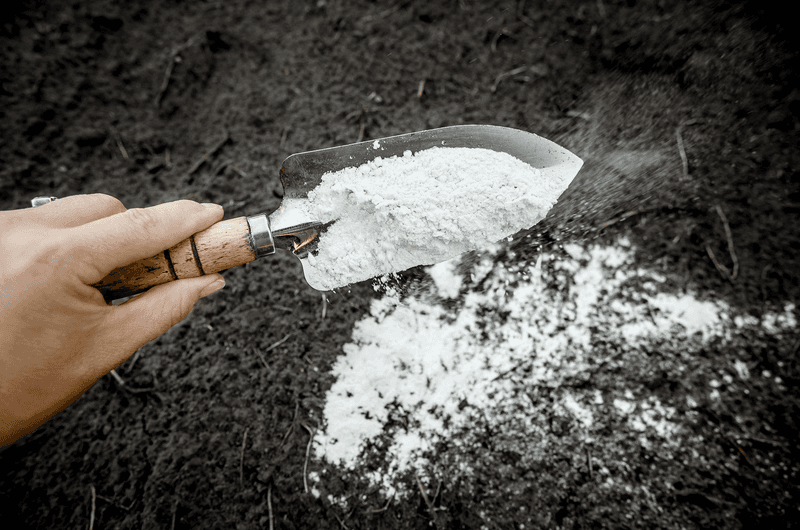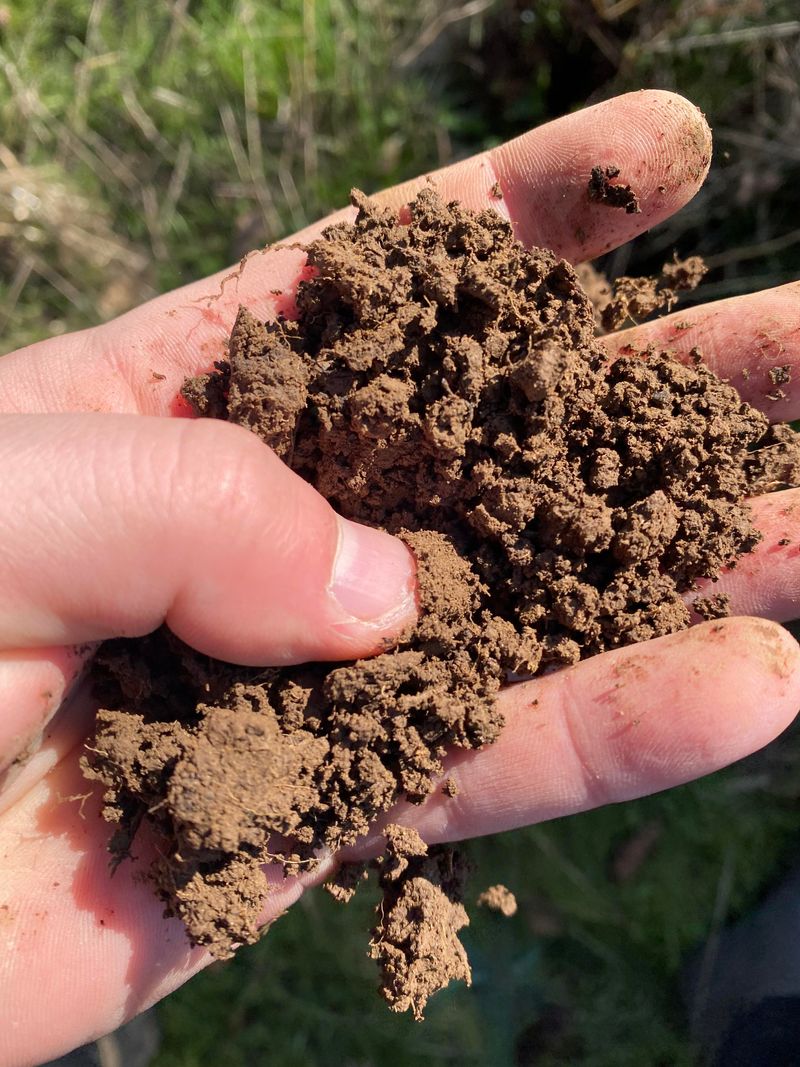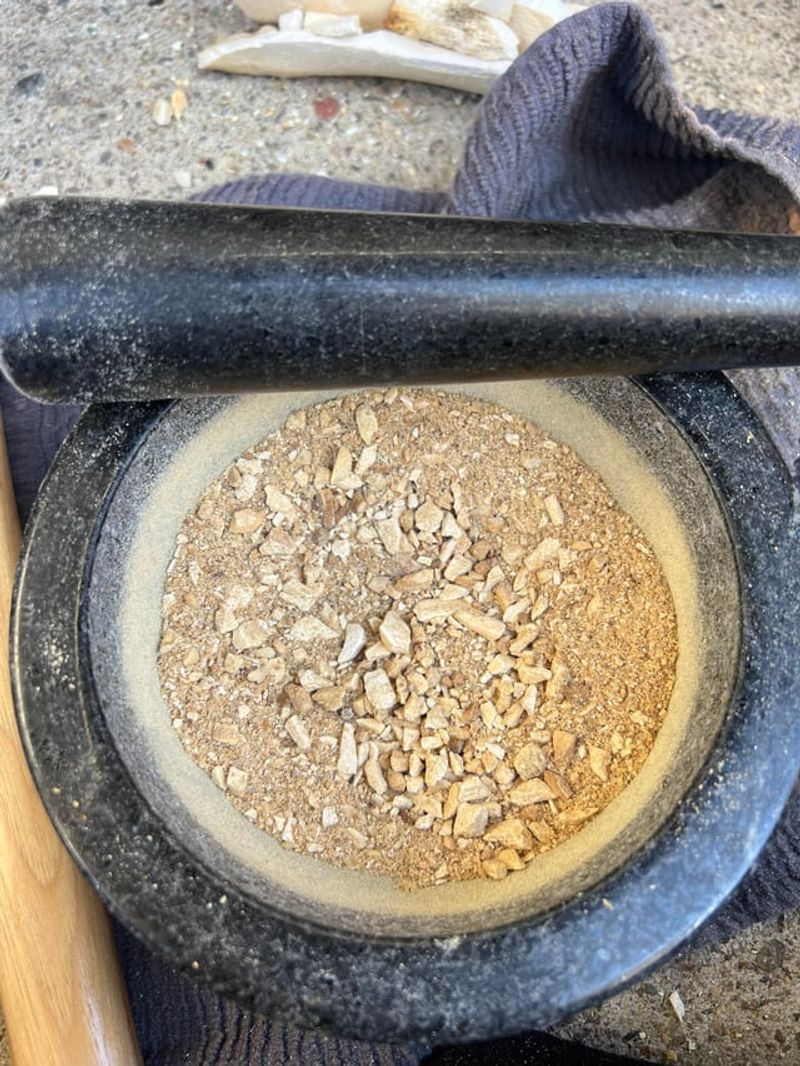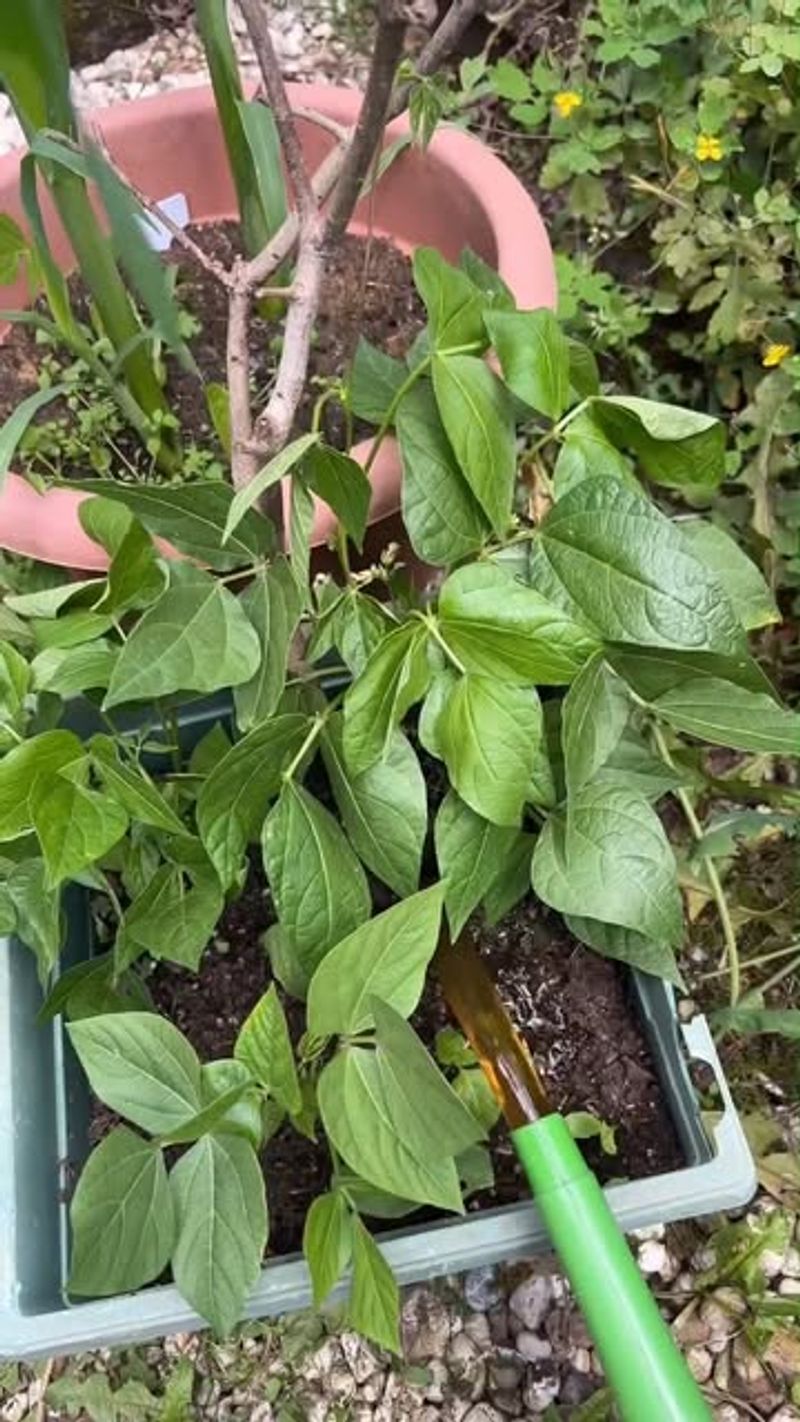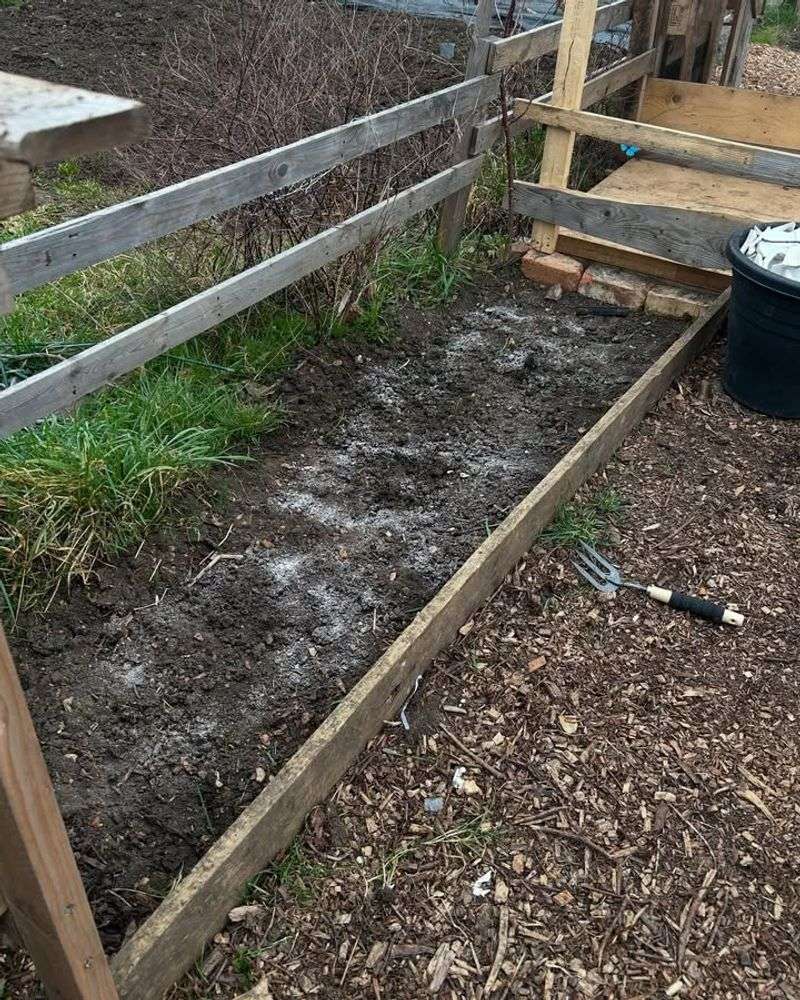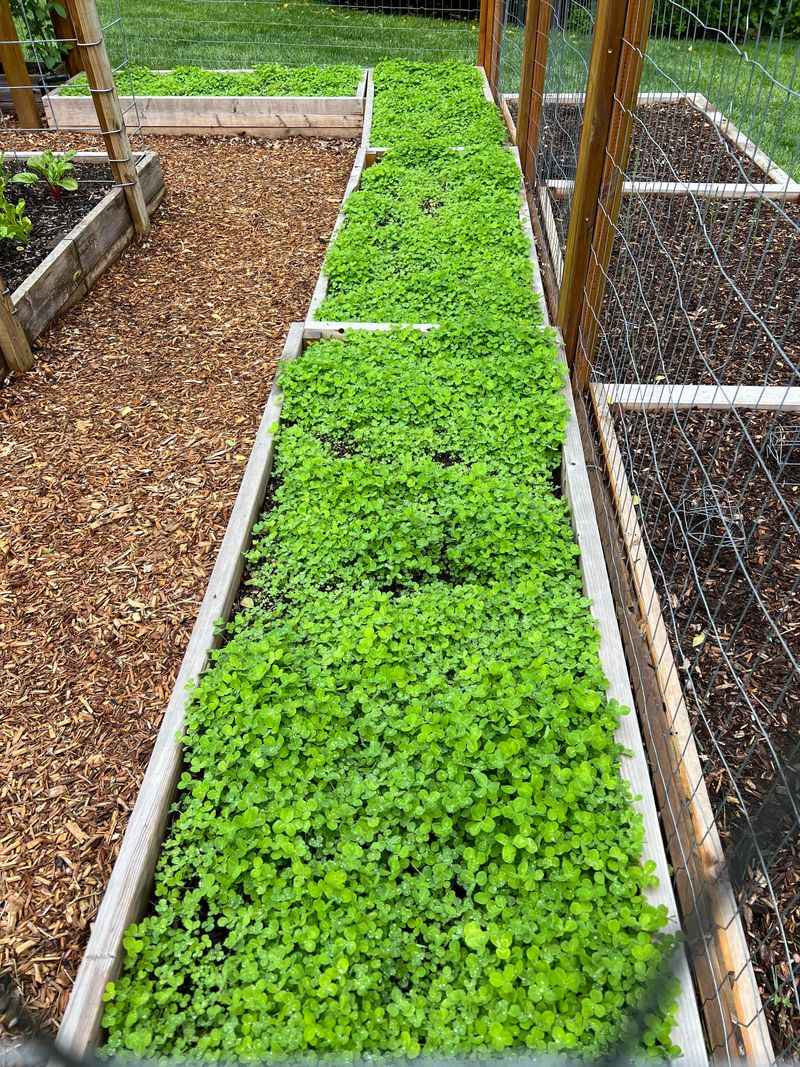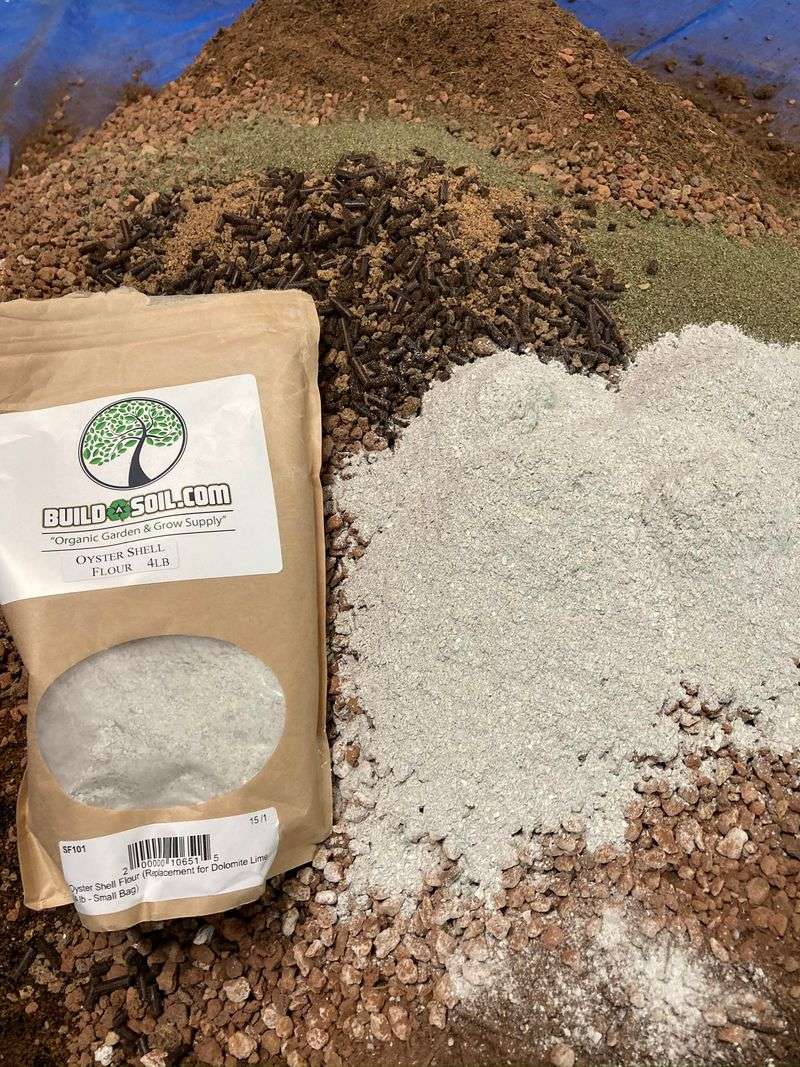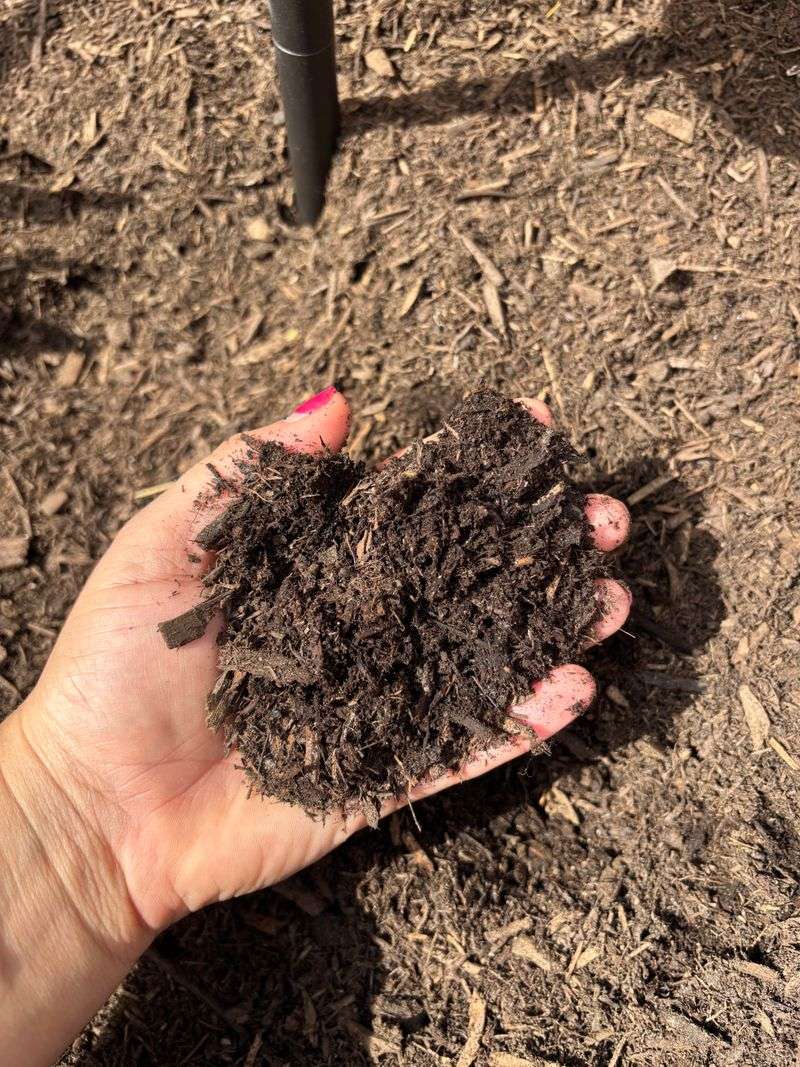Florida soil can be tricky, especially when it comes to nutrients like calcium. A lack of it can affect plant health and yields dramatically.
Simple adjustments make your garden stronger and more productive. Getting the calcium balance right transforms struggling beds into thriving landscapes.
1. Add Crushed Eggshells to Your Garden Beds
Save those breakfast leftovers because eggshells are calcium powerhouses for your garden. Crush them into small pieces and sprinkle them directly into the soil around your plants.
Florida gardeners love this method because it’s free and eco-friendly. The shells break down slowly, releasing calcium over time while also helping to improve soil texture and drainage in sandy Florida soils.
2. Apply Agricultural Lime for Quick Results
Agricultural lime stands as the go-to solution for serious calcium deficiencies. Spread it evenly across your garden beds and work it into the top few inches of soil for best absorption.
Many Florida farmers rely on this tried-and-true method to balance acidic soils common in the state. You’ll notice healthier plant growth within weeks as the lime dissolves and raises both calcium levels and pH simultaneously.
3. Mix in Gypsum for Neutral pH Soils
Gypsum works wonders when you need calcium but don’t want to change your soil’s pH level. It delivers calcium sulfate that dissolves easily and reaches plant roots quickly without making soil more alkaline.
Florida gardeners with neutral or already alkaline soils find this particularly helpful. Simply broadcast the white powder over your garden area and water it in thoroughly for maximum effectiveness.
4. Incorporate Bone Meal into Planting Holes
Bone meal packs a double punch with calcium and phosphorus that plants absolutely crave. Mix a handful into each planting hole before setting in your seedlings or transplants for an instant boost.
This organic option appeals to Florida gardeners who prefer natural amendments. The finely ground bones release nutrients gradually, feeding your plants throughout the growing season while strengthening cell walls and root development beautifully.
5. Use Calcium Nitrate as a Fast-Acting Fertilizer
When plants show immediate calcium deficiency symptoms like blossom end rot, calcium nitrate saves the day. Dissolve the crystals in water and apply directly to the soil or as a foliar spray for rapid absorption.
Florida tomato and pepper growers keep this product on hand year-round. The nitrogen bonus helps with leafy growth too, making it a favorite two-in-one solution for vegetable gardens across the state.
6. Spread Wood Ash from Your Fireplace
Got a fireplace or fire pit? Don’t toss those ashes because they contain valuable calcium carbonate along with potassium and other trace minerals your plants need.
Sprinkle cooled wood ash lightly over Florida garden beds and rake it in gently. Use this method sparingly though, as too much can make soil overly alkaline, which some acid-loving plants won’t appreciate at all.
7. Plant Cover Crops That Accumulate Calcium
Cover crops like clover and alfalfa act as natural calcium miners, pulling the mineral up from deep soil layers through their extensive root systems. When you till them under, they release that stored calcium back into your topsoil.
Florida gardeners use this technique during off-seasons between main crops. The bonus? These plants also add nitrogen and organic matter, improving overall soil health while you boost calcium levels naturally.
8. Add Oyster Shell Flour to Coastal Gardens
Living near Florida’s beautiful coastline? Oyster shell flour makes perfect sense as a local calcium source that breaks down gradually in your soil. The finely ground shells provide long-lasting calcium release throughout the growing season.
Coastal Florida gardeners appreciate how this amendment mimics natural processes while supporting sustainable practices. Mix it into beds or use it as a top dressing around established plants for steady calcium supplementation.
9. Apply Dolomitic Limestone for Magnesium Bonus
Dolomitic limestone delivers both calcium and magnesium, addressing two common Florida soil deficiencies at once. Spread it evenly and water well to start the breakdown process that feeds your hungry plants.
Many Florida citrus growers swear by this dual-action amendment for their trees. The magnesium component helps with chlorophyll production, keeping leaves green and healthy while the calcium strengthens overall plant structure and fruit quality throughout the state.

